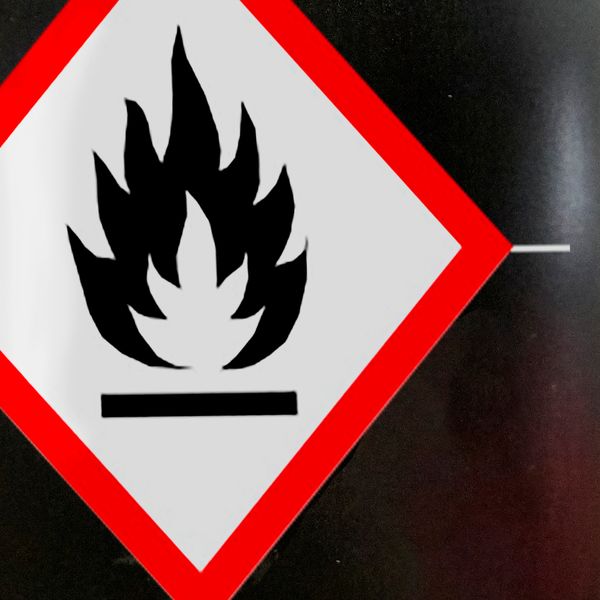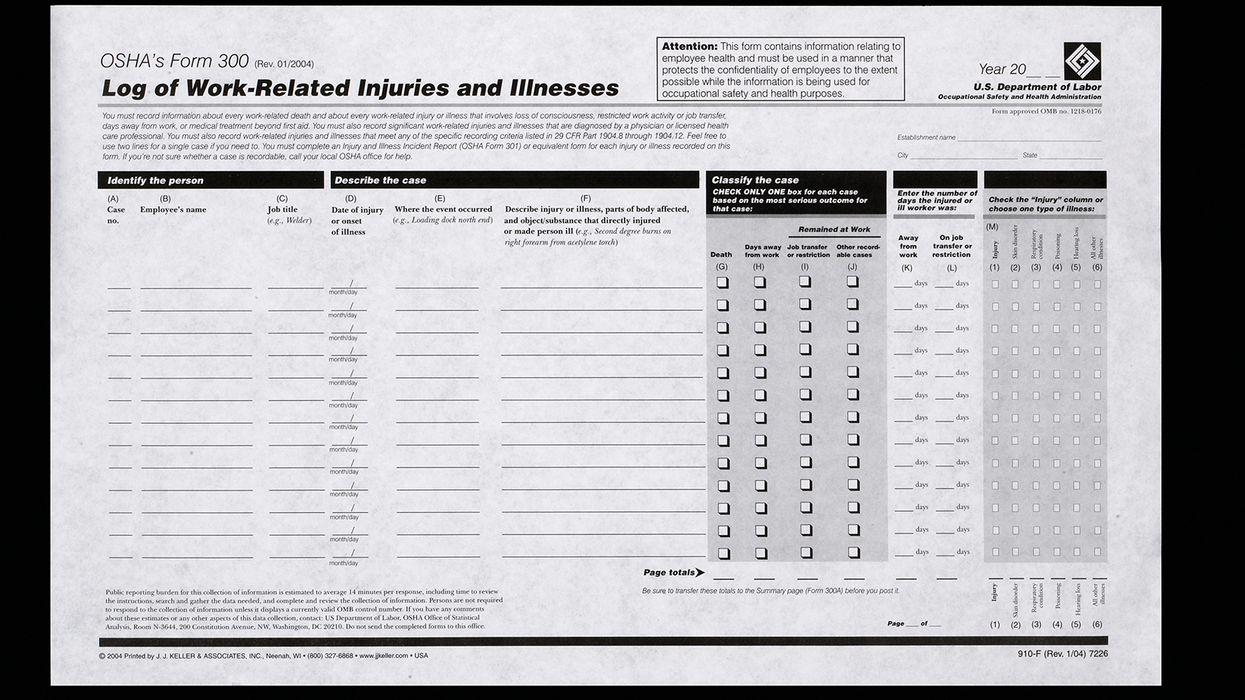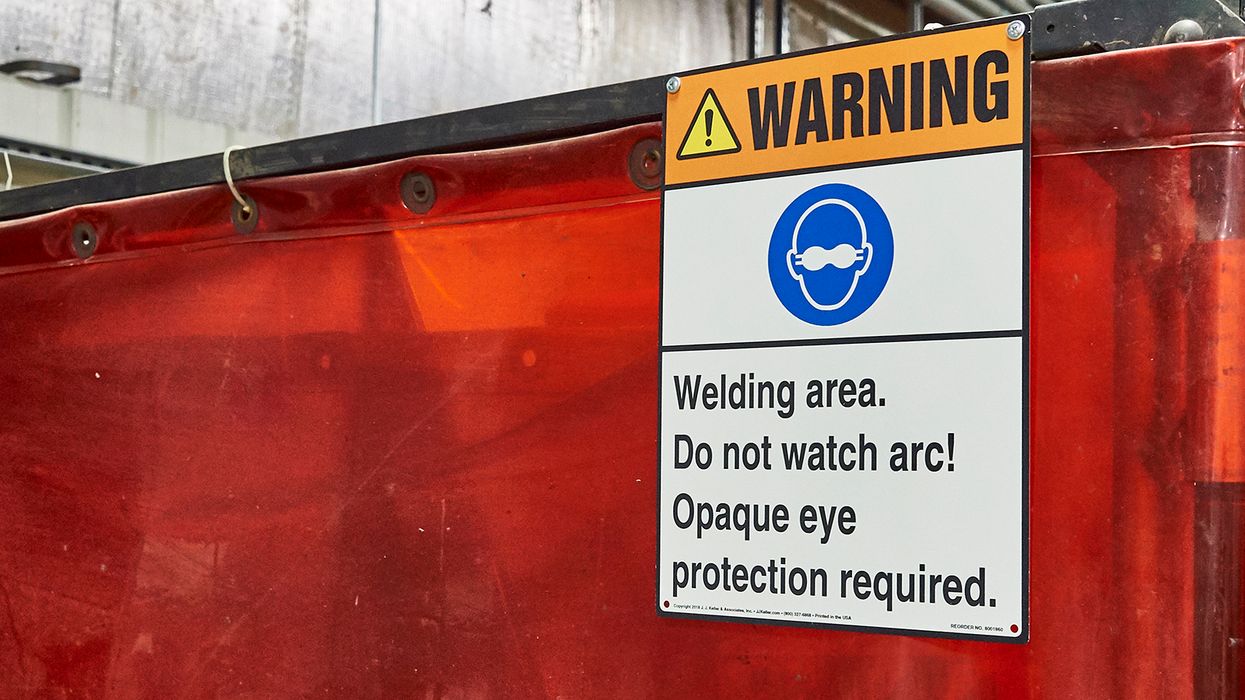Lithium batteries: What workers don’t know can hurt them
OSHA cited an electric vehicle battery manufacturer after workers suffered potentially permanent respiratory damage in an October 2023 lithium battery fire. Investigators determined the company did not train employees on how to protect themselves in the toxic atmosphere that left multiple workers injured.
Specifically, OSHA found the company:
- Exposed workers to inhalation hazards, including hydrofluoric acid vapors produced in lithium battery fires;
- Did not ensure their staffing agency made its employees aware of the hazards associated with lithium battery fires;
- Failed to train on-site emergency responders and fire brigade members on hazards associated with lithium battery fires and equip them to treat employees exposed to such hazards; and
- Did not train workers on hazardous chemicals in their work areas and a means to protect themselves from lithium battery fires.
Lithium batteries are generally safe, so long as they have no defects and are not opened or damaged. (Damage may occur from physical impacts like dropping, crushing, or puncturing.) In the event of a fire or container breakage, however, it’s a different story. This can lead to physical hazards such as overheating, fires, and explosions. Health hazards from exposure to battery electrolyte (acid) may include:
- Eye contact: May cause severe irritation, burns, and cornea damage upon contact.
- Skin contact: May cause severe irritation, burns, and ulcers.
- Inhalation: May cause respiratory irritation.
- Ingestion: Irritates the throat and mouth and may result in serious burns to the mouth and gastrointestinal tract.
- Acute health effects: May lead to acute skin irritation, corneal damage to the eyes, and irritation of the mucous membranes of the eyes and upper respiratory system, including the lungs.
A little training goes a long way
The Hazard Communication (HazCom) Standard requires employers to communicate information on hazardous chemicals in the workplace and provide training to workers. While lithium batteries may not come to mind as a hazardous chemical, the contents of the battery are certainly hazardous, as illustrated above. To learn more about the hazards and as a starting point for training, consult the battery’s Safety Data Sheet (SDS).
Section 2 of the SDS identifies its hazards. In the case of lithium batteries, there may be a statement that under normal conditions of use, the internal contents will not present a health hazard, but that exposure to the contents in a fire or other emergency situation present physical and health hazards.
Section 4 of the SDS lists first aid measures, while Sections 5 and 6 address firefighting measures and accidental release measures, respectively. You’ll find handling and storage guidelines in Section 7 and exposure controls/personal protection in Section 8.
Who needs training?
To determine who needs HazCom training, consider the following definitions found in 1910.1200(c):
Employee means a worker who may be exposed to hazardous chemicals under normal operating conditions or in foreseeable emergencies.
Exposure or exposed means that an employee is subjected in the course of employment to a chemical that is a physical or health hazard, and includes potential (e.g., accidental or possible) exposure. “Subjected” in terms of health hazards includes any route of entry (e.g., inhalation, ingestion, skin contact or absorption).
Foreseeable emergency means any potential occurrence such as, but not limited to, equipment failure, rupture of containers, or failure of control equipment which could result in an uncontrolled release of a hazardous chemical into the workplace.
In our example, training should have included employees manufacturing the batteries, on-site emergency responders, and fire brigade members. There also may have been employees working in the manufacturing area who could have been exposed in an emergency situation and employees who handle or otherwise move the batteries for storage or transport purposes.
Employees must be trained on:
- The requirements of the HazCom Standard;
- Operations in the work area where hazardous chemicals are present;
- The details of the employer’s written program, including the chemical inventory, and where to find this information;
- The hazards of the chemicals in the work area and how to protect themselves;
- How to read and understand labels on containers of hazardous chemicals; and
- Where to locate SDSs in the facility and how to use the information they contain.
Key to remember: Lithium batteries pose serious physical and health hazards when opened or damaged. Employees who work with them in any capacity must be trained on their potential hazards and know how to protect themselves.

































































